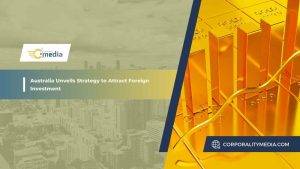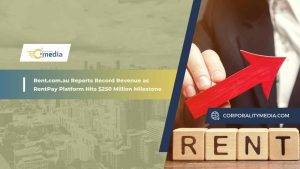Australia’s response to the coronavirus disease (COVID-19) has been among the most successful in the world. The country moved early, imposing social distancing measures and reporting higher testing rates. They did those while seamlessly attaining political stability and retaining national wealth. Even if the USA and UK share similar statistics, they were not as swift as Australia in their physical distancing measures. However, despite all the positive contributing factors by the Australian Federal Government, the social and economic impacts of the pandemic have been rather severe.
Here’s a glimpse[1]:
| 2021a | ||||
|---|---|---|---|---|
| 2020b | MIc | Lowd | Highd | |
| GDP | −3.0 | 3.2 | 1.6 | 4.7 |
| Consumption | −5.5 | 5.0 | 1.4 | 8.3 |
| Domestic final demand | −3.2 | 3.0 | ||
| Unemployment ratee | 7.0 | 6.8 | 5.9 | 8.8 |
| Employment | −1.0 | 2.0 | ||
| Wage cost index | 1.5 | 1.2 | 0.4 | 2.0 |
| Headline inflation | 0.8 | 1.2 | 0.7 | 2.1 |
| 90‐day bill ratee | 0.1 | 0.2 | 0.0 | 0.3 |
| 10‐year bond ratee | 0.9 | 1.1 | 0.6 | 1.9 |
(a) Year‐average growth forecasts. (b) Estimates.
(c) MI denotes Melbourne Institute.
(d) Based on published forecasts in Consensus, December 2020.
(e) As at the end of year.
Source: Melbourne Institute and Consensus Forecasts.
In March 2020, the Australian Government closed its borders to people who wished to enter the country. Several restrictions were implemented to limit contact between individuals internally. This also resulted in the closure of non-essential businesses, eventually leading to mainstream income and job losses. A range of fiscal policies was introduced, including wage subsidies and supplement schemes. Border closures brought immediate repercussions in the form of arrested international tourism and overseas students’ influx. The education sector buckled under severe income losses but adopted online teaching to keep the knowledge flow going. With the demise of tourism, the hospitality industry was heavily affected, and domestic business suffered due to closures.
Between February and May the job loss in these sectors was at an all-time high of 31.4%.
Here are some more statistics:
- Unemployment rate shot up to 7.4% in June 2020 – rapid policy responses froze this figure
- Consumption expenditure fell 12.5% in June 2020
- GDP was negative at -0.3% and -0.7% respectively, for two consecutive quarters – this was also the first time that the economy officially reflected a recession in about 29 years.
The second half of 2020 saw an economic recovery, with GDP bouncing back by about 3.3% (September quarter). Household consumption increased to 7.9% – albeit, this was after easing the COVID-19 restrictions. Employment in October also recovered by 3.4% than in June.
With the flattening of the curve, the economy opened up subsequently, reflecting the stimulatory effects of monetary and fiscal policies. The Federal Budget further announced more fiscal measures on October 6th with quantitative easing and cutting cash rates to 0.1% in November.
Even with moderate growth stimulators, wage growth and consumer inflation are likely to be weak.
To add to the country’s woes, recently, the AstraZeneca vaccine roll-out was retracted due to some side effects observed in people over 50 years of age. While the government did take immediate steps to remedy the situation by teaming up with CSL and Pfizer, markets closed lower on the day of the announcement.
Steps to normalcy:
While vaccines are still being distributed free, the Federal Government has taken important steps to restrain the outbreak, such as minimising the number of people who are infected and managing the demand on health systems.
To keep people in jobs, the government has announced a $17.6 billion[2] economic support package. Medicare-subsidised health services are expanded with a stimulus of $660 million to all Australians. People suspected of having the virus are regularly tested and close contacts of confirmed cases are monitored closely each day. Travel restrictions are imposed between states and travellers arriving in Australia quarantined.
As business leaders plan for recovery in the next phase of COVID-19, they should consider factors such as incident management, business continuity, government policies and priorities and economic impact in the new normal.

PRIYA MISHRA
CEO
Corporality Global
Sydney, Australia.
connect@corporality.global
www.corporality.global












More Stories
Australia Unveils Strategy to Attract Foreign Investment
FCC Imposes $200 Million Fine on Major US Mobile Carriers for Unauthorized Sale of Customer Location Data
Louis Dreyfus Company Emerges Victorious in Namoi Cotton Takeover Bid